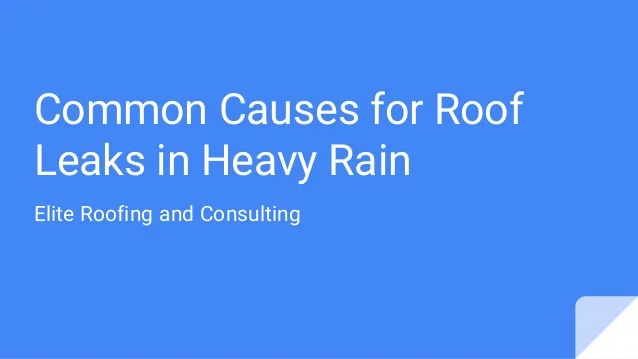Searching For Hidden Roof Covering Deficiencies Before They End Up Being Significant
Searching For Hidden Roof Covering Deficiencies Before They End Up Being Significant
Blog Article
Authored By-Iversen Roed
You might not understand it, however your roofing is silently antagonizing the elements daily, and concealed issues can lead to significant problems if you do not catch them early. By conducting regular inspections and understanding what indications to look for, you can protect your home from expensive repair work. Keep an eye out for missing shingles and those refined dark places on your ceiling that could show leaks. However that's just the start; understanding when to act and when to employ an expert can make all the difference. What should kitchen design san antonio be looking for?
Common Indicators of Roofing System Damage
When you check your roofing system, look very closely for usual indicators of damages that can result in larger concerns later on.
Start by checking for missing out on or broken tiles; these can allow water to leak in and cause leakages. Take notice of granule loss, which can suggest that tiles are maturing and losing their protective layer.
Next off, analyze the blinking around smokeshafts and vents. If you find rust or voids, water can quickly enter your home.
Look for drooping locations on the roofing, as this might signify architectural damages or the build-up of dampness.
Don't neglect to look for moss or algae development; while they may seem safe, they can catch wetness and increase degeneration.
Evaluate the seamless gutters for debris and signs of water overflow, as this can show an obstruction or incorrect drain.
Ultimately, watch on your ceilings and wall surfaces for water stains or peeling paint, as these could be clues that your roof is leaking.
Attending to these signs without delay can help you avoid more considerable repairs and extend the life-span of your roofing.
Inspecting Your Roofing Regularly
Regular roof covering inspections are vital for keeping the honesty of your home. By keeping discover this on your roof covering, you can catch troubles early, saving yourself money and time over time. Purpose to check your roofing at the very least two times a year-- once in the spring and when in the fall. This timing helps you deal with any damages triggered by winter weather and prepare for the forthcoming periods.
When inspecting, start from the ground. Usage binoculars to look for missing out on shingles, cracked tiles, or any type of indicators of wear. Seek sagging areas or dark areas, which could indicate leaks. Do not neglect to inspect the rain gutters, as stopped up or broken gutters can bring about water buildup and roof covering damage.
If you're comfortable, go up to the roof to get a closer look. Pay attention to flashing around chimneys and vents, as these areas are prone to leaks. Be cautious and guarantee you have a risk-free method to access your roofing.
Routine maintenance, like cleansing debris and moss, will additionally assist prolong your roof's lifespan. Remaining positive concerning evaluations can aid you find concealed concerns before they rise.
When to Call an Expert
Commonly, home owners hesitate to call a specialist for roof concerns, thinking they can manage repair services themselves. Nevertheless, recognizing when to seek assistance can conserve you time, money, and tension. If you notice considerable leaks, extensive water damage, or dark spots on your ceilings, don't wait. These signs might suggest severe underlying issues that call for expert interest.
If your roofing is older than 20 years, also small problems can escalate swiftly. Fractured roof shingles, missing tiles, or sagging areas are red flags that necessitate an expert evaluation.
Furthermore, if you're uncomfortable climbing onto your roof covering or do not have the required tools and experience, it's best to leave it to the pros.
When storm damages occurs, such as hail storm or high winds, it's vital to obtain an assessment from a certified professional. They can determine hidden issues that can compromise your home's honesty.
Lastly, if you've attempted repairs but the trouble continues, don't hesitate to contact a specialist. They'll bring the expertise and skills needed to ensure your roof is safe.
Final thought
By remaining cautious and checking your roof covering consistently, you can find surprise problems before they intensify. Keep an eye out for common indicators of damage, like cracked shingles or dark spots on your ceilings. If you see anything concerning, don't be reluctant to call a specialist. Taking these proactive steps not just safeguards your home but also saves you from expensive repair services later. Keep in mind, a little maintenance now can go a long way in maintaining your roof covering in top shape.
